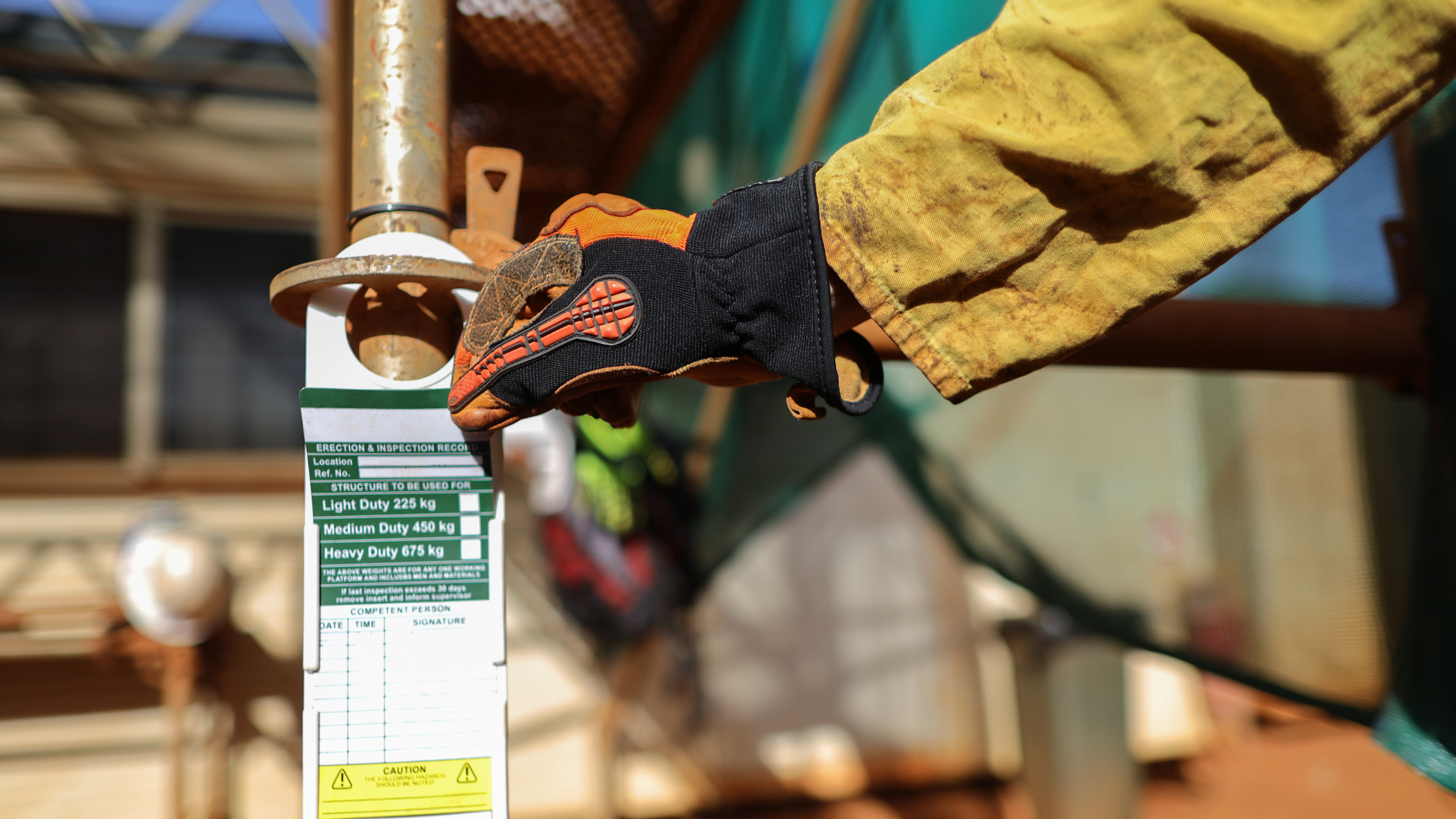Working at height represents one of the most common types of hazards for many employees.
Keeping workers safe while doing so is crucial, of course, and this makes it necessary for adopting safety rules and procedures that provide for better overall levels of safety. With many companies making use of scaffolding equipment to conduct work at height, the following scaffolding inspection checklist serves as an excellent example of how to keep employees safe while using a scaffold.
General Information
The first part of any scaffolding inspection checklist should general information about the work to be conducted. This includes the date and time of the inspection, the location of the site where the scaffolding is being used, and the identity of the employee tasked with running through the checklist.
Site Condition Checks
The next section of the checklist should be concerned with examining the work location to ensure it is prepared for the scaffold. This includes tasks such as examining the location and taking appropriate precautions such as checking for uneven ground, tripping, or falling hazards, and overhead objects. Additionally, the checklist should include fields for verifying if the scaffold has been set up according to the manufacturer’s instructions.
General Scaffolding Safety
General safety rules related to all types of scaffolding include checks for the following:
- Whether the components of the scaffold are rated to support a minimum of four times their maximum intended load
- Whether the scaffold has been fully planked with a gap between planks no greater than 1 inch.
- Whether the platform is a minimum of 18 inches wide.
- Whether guardrails are present if work height is above 6 feet. Guardrail systems can include top rails, mid rails, toe boards, and posts.
- Whether the scaffold is within 14 inches from the face of the work to be completed.
- Whether the planks extend only 6 inches past the scaffold frames or less. If they do extend past this point, they must be cleated.
- Whether the scaffold is free of any debris, clutter, or tripping hazards like mud or oil.
- Whether the scaffold is more than 10 feet from any power lines.
- Whether defective pieces of scaffold have been removed and tagged appropriately.
General Scaffolding Access Rules
Other important rules to follow and to include as checks on a scaffolding inspection:
- Do the end frames used for scaffolding access have their rungs lined up vertically through the scaffold’s entire height?
- Is there no more than a 2-foot step up or down, or a 14-inch step across, to get on or off a scaffolding platform?
- Is the first rung of the ladder 24 inches from the ground or less?
- Are the lengths of each ladder rung a minimum of 8 inches?
- Do employees know that cross braces aren’t to be used for climbing up to or down from the scaffolding?
